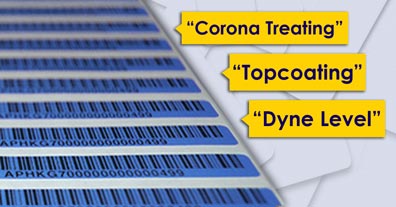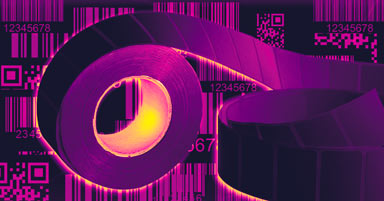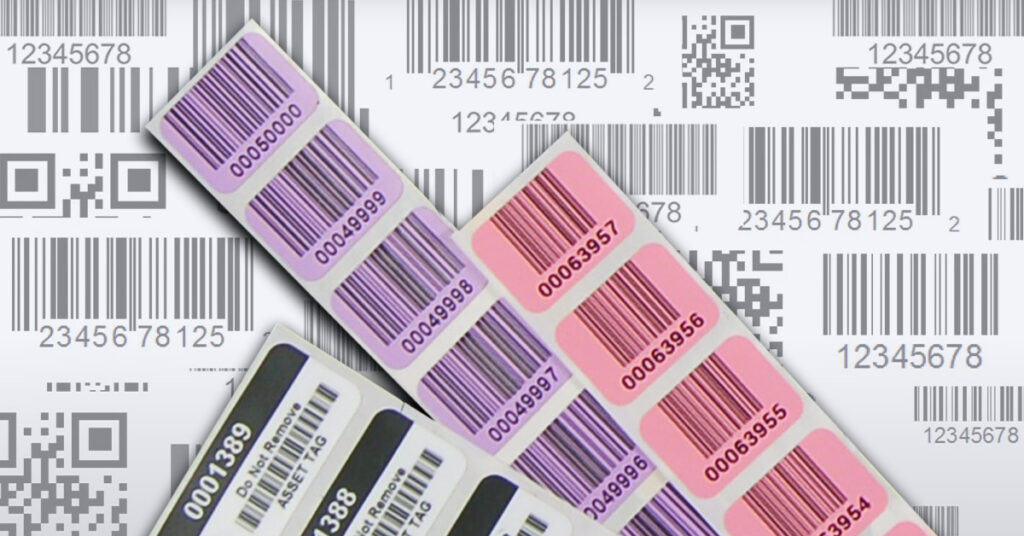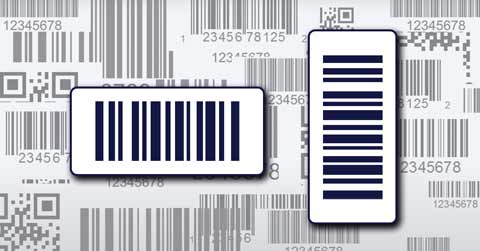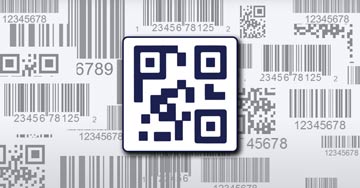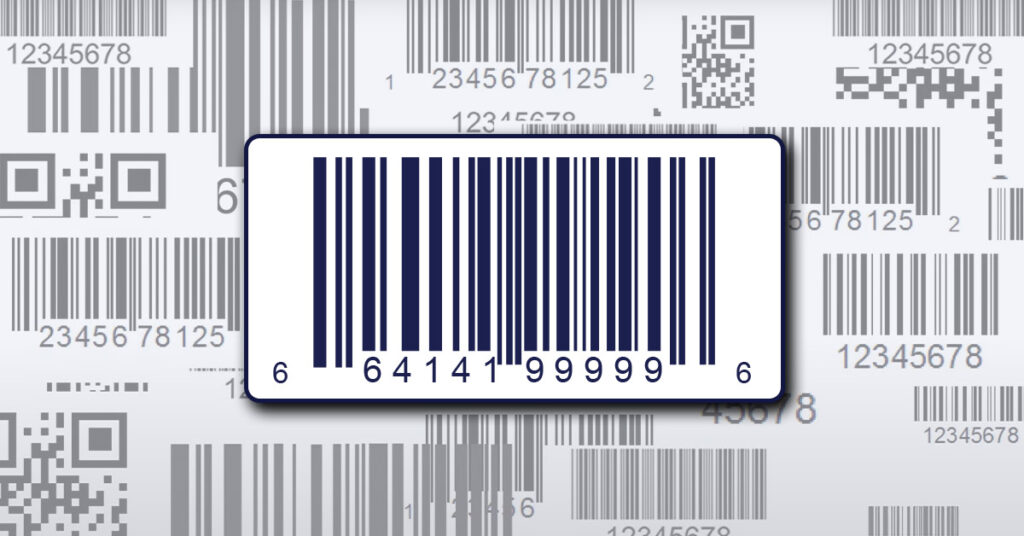Whether you’re looking to better understand barcodes and their applications, trying to manage data files, design and print labels, utilize software tools for efficiency, or access reliable technical support, EIM has you covered. Access valuable learning materials for barcodes, data files, labels, software, and technical support by selecting a category in the dropdown menu above.
Label converters and printers like Electronic Imaging Materials have a lot to consider as we strive for consistent label print quality. This is particularly challenging with film label products that are chemically inert and have non-porous surfaces with various levels of surface energy ranging from high surface energy (HSE) polyesters to low-surface-energy polypropylene and polyolefins.* […]
Save Money with Visible Light Now everyone wants to save money, right? Hope I’ve got your attention… How long have you been using barcodes? More years than you can remember? If so, then you’ve definitely seen barcodes go from simple vertical bars to all sorts of shapes and sizes. Like barcodes, the label industry has […]
Some time down the road you may find that you have need for what we call multi-part labels sets. Requirements like this typically involve labeling similar items that must be grouped together – such as a series of laboratory tests or small parts of a finished product. You may want a large label to put […]
What about ladder style barcodes? Here’s a trick we’ve learned about ladder style barcodes to resolve printing problems involving linear barcodes like Code 39, Code 128, or UPC printed on thermal or thermal transfer equipment. Have you ever been handed a label with someone complaining about print quality and not being able to scan a […]
Code 128 is one of the most popular, highest-density linear barcodes, widely used in applications where a relatively large amount of data must be encoded in a relatively small amount of space. For the most part, it tends to replace Code 39 and Interleaved 2 of 5 as a more compact and flexible code for […]
QR Codes: Quick response, 2-Dimensional, fast readability, large storage capacity… These mysterious unique matrixes are not your traditional barcodes of the past. They’re called “Quick Response Codes,” better known as QR Codes, and we thought we’d help de-mystify them for you. The marketing industry is running fast and hard with QR Codes. When you consider […]
Well, this isn’t a way-out piece of artwork or some new pattern for linoleum. It’s a QR (Quick Response) Code! The key to the QR Code is that it can be read by anyone with a Smartphone and a simple barcode reader application. The phone takes a picture of this “matrix” or patterned barcode, translates the […]
Universal Product Codes (UPCs) are 12-digit numbers commonly required for products sold by retailers and distribution centers. Each unique product requires its own assigned UPC number from GS1. Products are then identified with UPC barcodes. How do I get assigned UPC numbers? All UPC numbers are assigned by GS1 – the Global Standards Organization, formerly known as the Uniform Code […]
RoHS and WEEE Directives In an effort to reduce the use of hazardous materials in electronic equipment as well as encourage the recycling of products, the European Union restricts the use of Hazardous Substances (RoHS). They also created a directive on Waste Electrical and Electronic Equipment (WEEE). Directive 2002/95/EC – RoHSRestriction on the use of […]
GHS (Global Harmonized System) is a program developed to organize the classification and labeling of chemicals around the world. These international standards began in 1999 when the United Nations Economic and Social Council determined the need to better control the transport of dangerous goods. GHS defines possible health, physical, and environmental hazards associated with chemicals […]
Blank Direct Thermal & Thermal Transfer Labels Electronic Imaging Materials, Inc. offers a wide range of blank roll form labels designed to fit all makes and models of printers. These labels can be die cut to any size you need and we can provide small quantities as well as thousands of labels. If you are […]
There are many ways to engineer a basic label to make application easier or more functional. Label designs have to match printer specifications. Not only will you have to tell your printer the size of your label but you have to allow for the space or GAPS between labels. In the case of roll form […]
